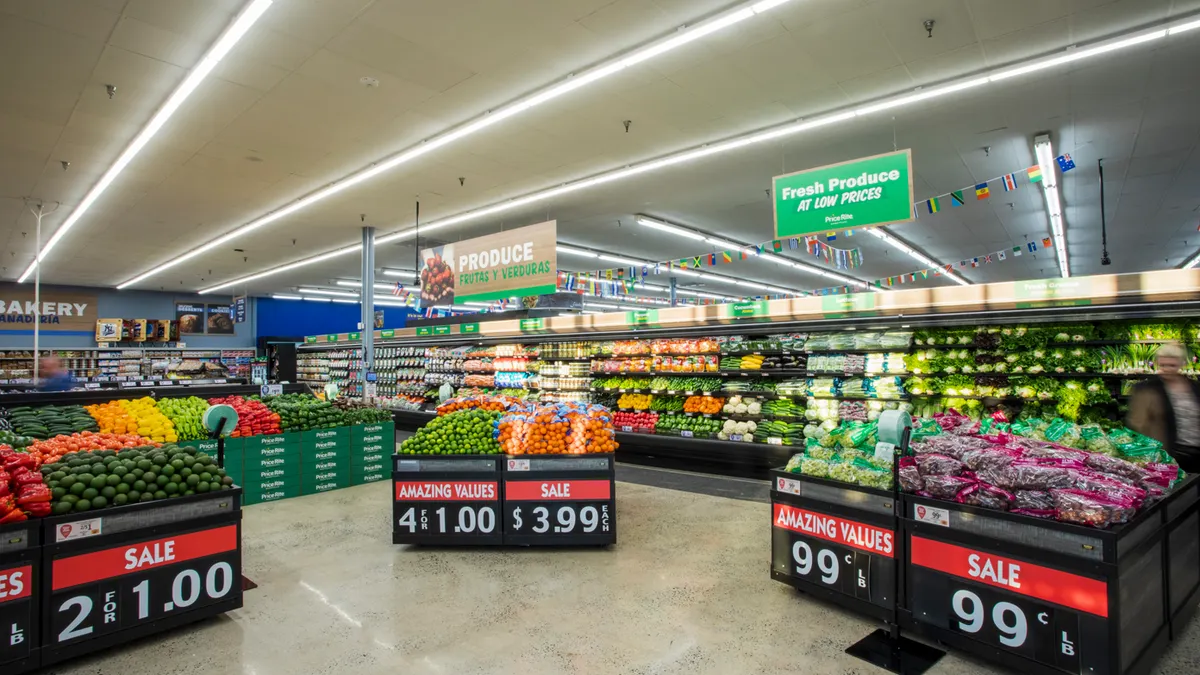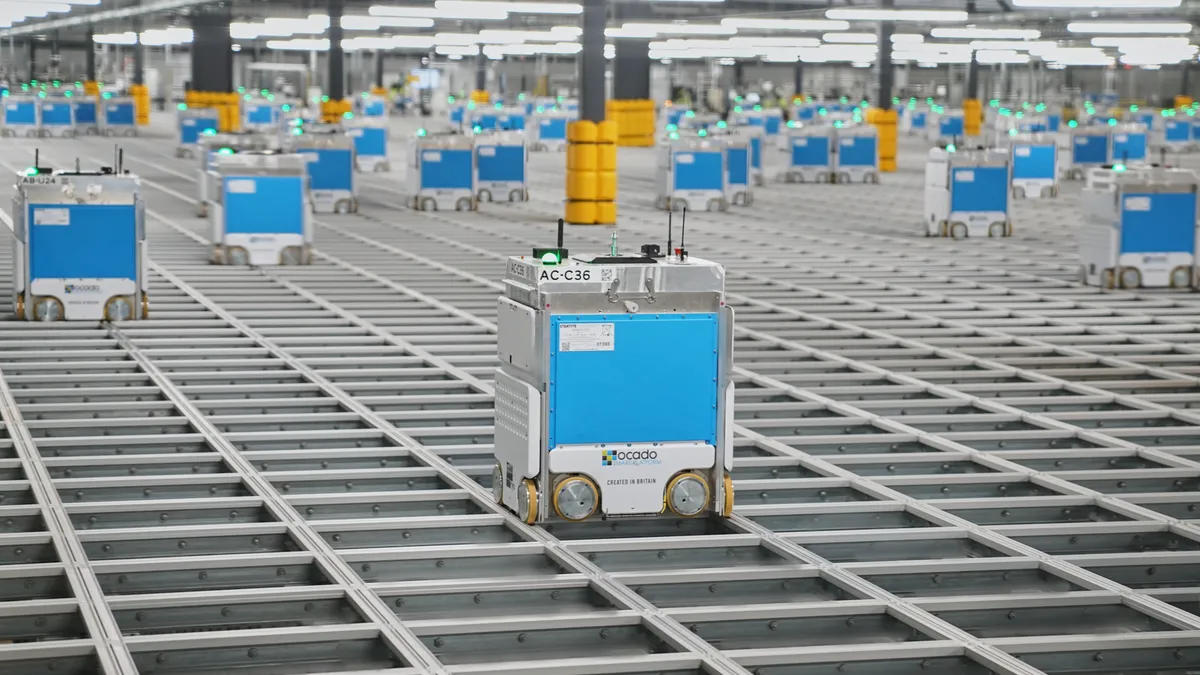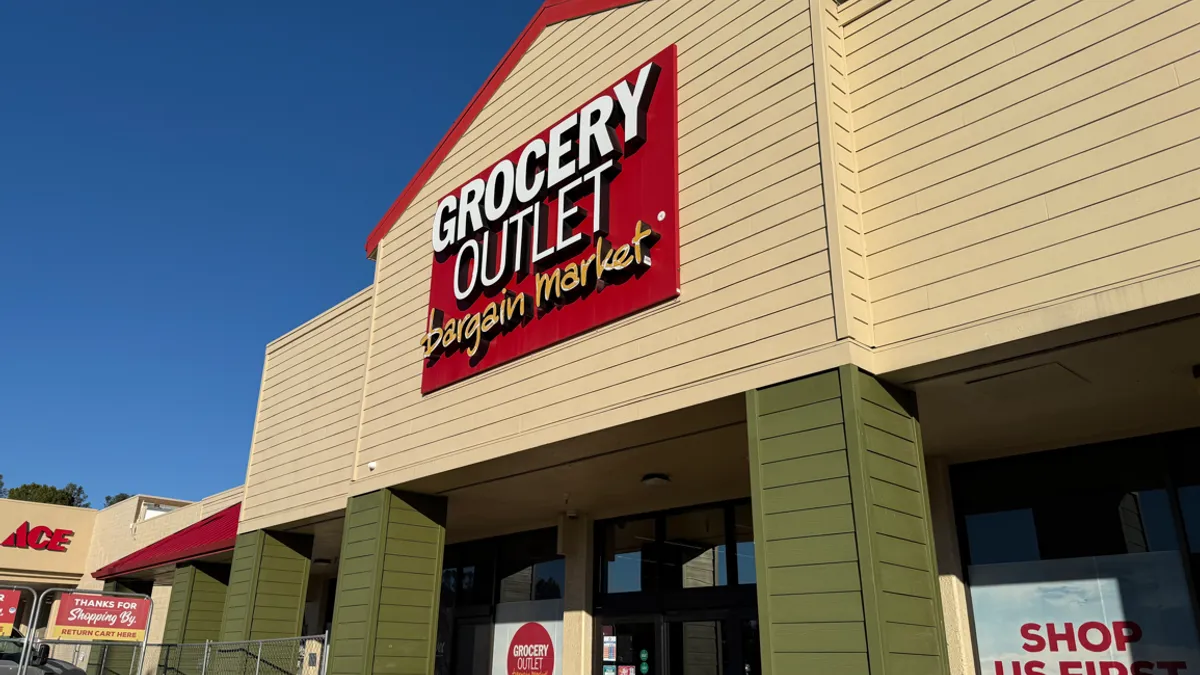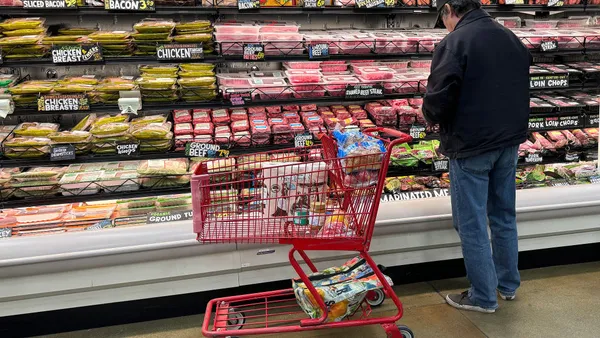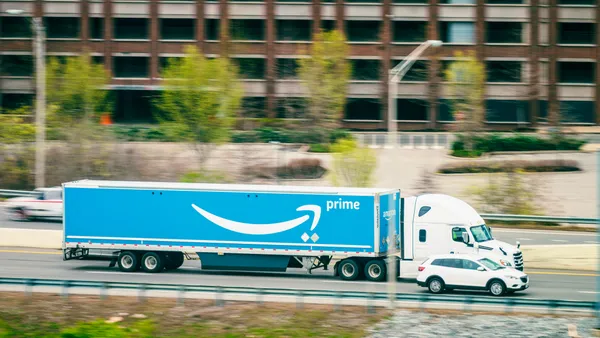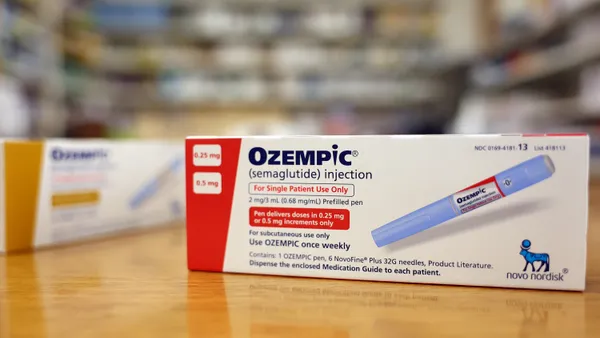It’s unclear when reduced SNAP funding for November will eventually make its way to consumers and ultimately into the grocery stores where they shop. And it’s uncertain what sort of impact that will have on both parties.
On Monday, the Trump administration said it would provide 50% funding for the food aid program for this month as a weekslong government shutdown drags on. This came after two federal courts ruled that the administration must tap into emergency funds to provide at least partial payments to SNAP participants. A top USDA official said it expects an unspecified number of states to face delays getting the transferred funds onto EBT cards for eligible participants. Groups like the United Food and Commercial Workers International Union said the scaled-back funds aren’t enough to meet the needs of families and workers.
What is clear is that SNAP has a major impact on the grocery industry. The program’s approximately 42 million participants received about $188 each in May to spend on milk, bread, produce and other products. A significant reduction means people may have less food on their plates while grocers stand to lose out on billions of dollars in sales.
Here’s a look at five numbers that underscore the impact of SNAP’s suspension on the grocery industry and its shoppers.
$8 billion
Monthly federal funding for SNAP in 2024
In 2024, the federal government spent $99.8 billion to fund the SNAP program, which breaks down to a little more than $8 billion per month. That’s a significant decrease from the peak funding years of 2021 and 2022, when the government spent more than $120 billion amid the COVID-19 pandemic. In 2023, SNAP spending totaled just shy of $116 billion.
The Trump administration’s plan to partially fund SNAP appears to reflect the fact that the program’s emergency reserves contain less than a month’s worth of funds. A USDA official told a Rhode Island court that the department plans to deplete the $4.65 billion left in contingency funds to partially fund SNAP in November.
$832
The amount of money SNAP shoppers spend each month on groceries
SNAP consumers’ value to grocers goes well beyond the federal aid they receive. Data from Numerator shows that program participants, on average, spend more than what they receive in monthly payments, and overall spend 20% more than non-SNAP shoppers.
However, while they may spend more, SNAP consumers spend less per trip and visit more retailers than those who aren’t enrolled in the aid program. SNAP shoppers spend on average $20.80 per shop and visit 6.6 retailers per month, according to Numerator data, while non-SNAP shoppers spend a little more than $23 per trip and visit 6.1 grocers each month.
250,000
The number of retailers authorized to accept SNAP payments
More than a quarter of a million retailers are authorized to accept SNAP dollars. That includes mass merchants, grocery stores, specialty markets, convenience stores and farmers markets. Although participation numbers have fluctuated over the past decade or so, the current value represents a sharp increase from the early aughts. In 2003, around 145,000 U.S. retailers accepted SNAP payments, according to the Center on Budget and Policy Priorities, a nonpartisan policy and research institute.
Of course, not all retailers are equally reliant on SNAP payments for their bottom lines. A Save A Lot store in Springfield, Massachusetts, for instance, relies on the payments for 65% of its sales, according to an NPR report, making it particularly vulnerable to the program’s suspension.
26%
The portion of consumer SNAP dollars that goes to Walmart
When it comes to the places where SNAP consumers spend their money, Walmart is king. The retailer claims more than a quarter of program dollars, according to Numerator, with SNAP shoppers spending, on average, $2,653 annually at the big box retailer.
In addition, a staggering 94% of SNAP shoppers spend at least some amount of money at Walmart, Numerator data shows. In comparison, Amazon sees purchases from a little more than 52% of SNAP shoppers, while Kroger rings up purchases from around 49%.
31.2%
The percentage of SNAP consumers who say they would “buy less food” if their benefits were reduced
A reduction in SNAP funding is set to have a profound impact on the health and nutrition needs of millions of Americans. When asked back in February how they would adjust to any reductions in SNAP benefits this year, just over 31% told NielsenIQ they would buy less food — the top answer selected.
In a similar vein, 26% of respondents said they would skip meals to deal with a shortfall.
Grocers could see a shift in where SNAP shoppers spend and how they shop. Just over 28% of respondents said they would shop more at discount retailers, while around 26% said they would buy more private label products.


